Home>Technology>Smart Home Devices>Why Printer Ink Is Expensive
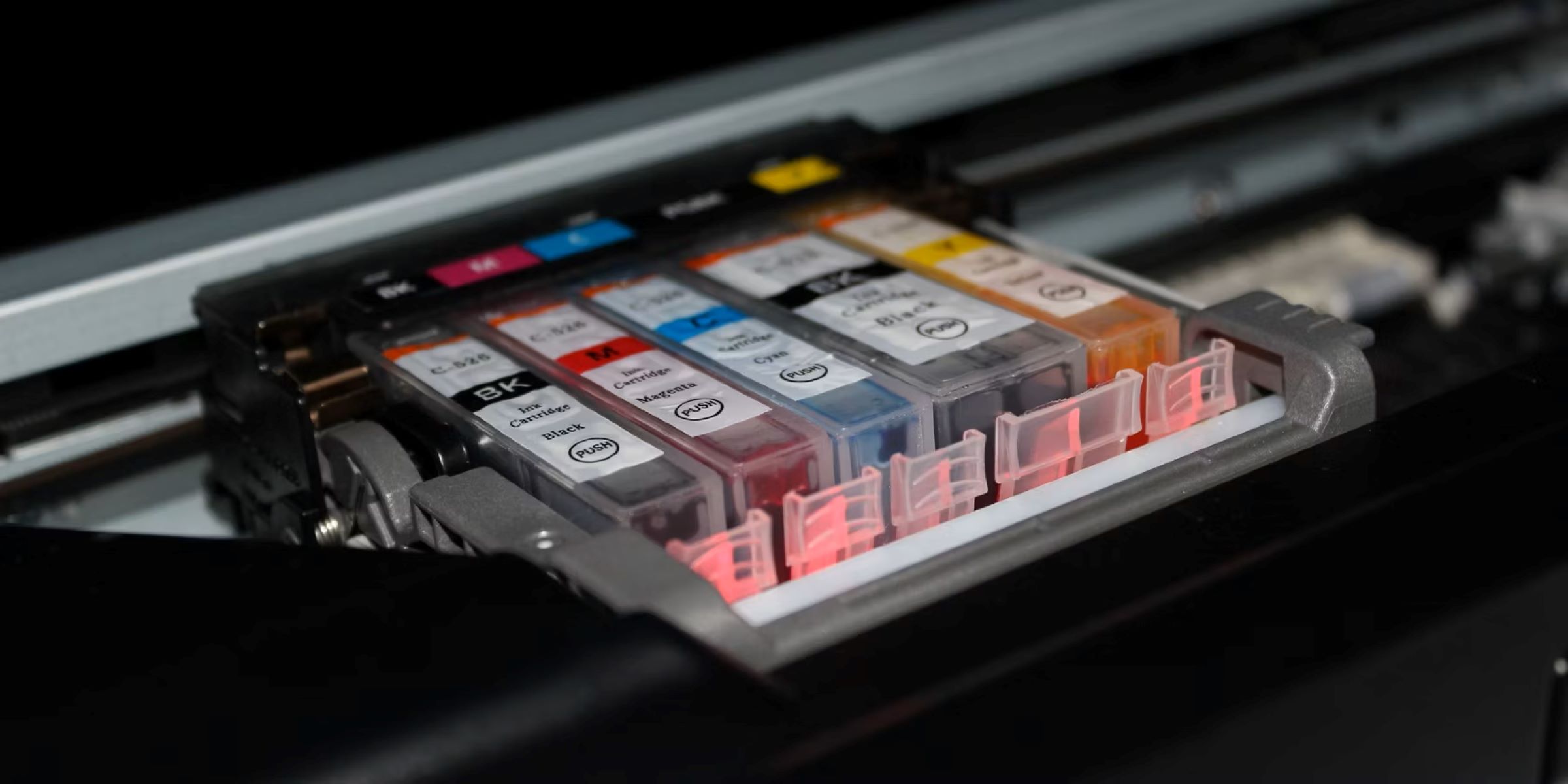

Smart Home Devices
Why Printer Ink Is Expensive
Modified: March 26, 2024
Discover why printer ink is expensive and how smart home devices can help you save money on printing costs. Learn about the best ink-saving tips and tricks.
(Many of the links in this article redirect to a specific reviewed product. Your purchase of these products through affiliate links helps to generate commission for Storables.com, at no extra cost. Learn more)
Introduction
Welcome to the world of home automation, where technology seamlessly integrates with everyday life to enhance convenience, comfort, and security. Smart home devices have revolutionized the way we interact with our living spaces, offering a wide array of products that cater to different needs and preferences. From voice-activated assistants to smart thermostats and security cameras, these devices have transformed houses into interconnected, intelligent environments.
In this article, we will delve into the fascinating realm of smart home devices, exploring their functionalities, benefits, and the latest innovations that are shaping the future of home automation. Whether you are a tech enthusiast looking to upgrade your living space or a homeowner curious about the possibilities offered by smart devices, this comprehensive guide will provide valuable insights and practical information to help you navigate the world of smart home technology.
Join us as we embark on a journey through the exciting landscape of smart home devices, uncovering the ways in which these innovative gadgets can elevate your lifestyle and transform the way you interact with your home. Let's explore the endless possibilities and discover how smart home devices can make your living space more efficient, secure, and enjoyable.
Key Takeaways:
- Printer ink is expensive due to complex manufacturing processes, competitive market dynamics, and the “razor and blades” business model, where printers are sold cheaply to make profits from ink sales.
- Third-party ink offers cost savings but may impact print quality and device reliability. Printer companies are responding with eco-friendly initiatives and high-capacity ink tank systems to address consumer concerns.
Read more: How Expensive Is Printer Ink
The Cost of Printer Ink
Printer ink has long been the subject of frustration and bewilderment for consumers, often leaving them perplexed by its seemingly exorbitant prices. The cost of printer ink has sparked numerous debates and inquiries, prompting individuals to question the factors that contribute to its high price tag. Understanding the dynamics behind the pricing of printer ink involves delving into various aspects, including manufacturing processes, market competition, and consumer behavior.
One of the primary reasons for the high cost of printer ink lies in the complex and intricate manufacturing processes involved in its production. The formulation of printer ink requires meticulous attention to detail, as it must meet stringent quality standards to ensure optimal performance and longevity. From the selection of high-quality pigments and dyes to the precise blending of chemical compounds, the production of printer ink demands a significant investment in research, development, and testing.
Furthermore, the specialized nature of printer ink manufacturing facilities and the sophisticated equipment utilized in the process contribute to the overall production costs. These factors, combined with the need for stringent quality control measures, significantly impact the final price of printer ink. As a result, consumers often find themselves grappling with the reality of purchasing ink cartridges that come with a hefty price tag.
Another crucial aspect that influences the cost of printer ink is the business model adopted by printer companies. Many printer manufacturers implement a strategy that involves selling printers at relatively low prices while generating profits from the sale of ink cartridges. This approach, known as the “razor and blades” model, allows printer companies to capitalize on recurring ink purchases, thereby offsetting the initial low cost of the printer itself.
Additionally, the competitive landscape within the printer industry plays a significant role in shaping the pricing of printer ink. As companies vie for market share and brand loyalty, they often engage in pricing strategies that reflect the value of their proprietary ink cartridges. This competitive environment, coupled with the need to recoup research and development expenses, further contributes to the pricing dynamics of printer ink.
Overall, the cost of printer ink can be attributed to a combination of factors, including the intricate manufacturing processes, the business models adopted by printer companies, and the competitive nature of the market. While consumers continue to seek cost-effective alternatives and solutions to mitigate the impact of expensive printer ink, understanding the underlying reasons behind its pricing can provide valuable insights into the dynamics of the printing industry.
The Business Model of Printer Companies
Printer companies have long been known for their unique and strategic approach to generating revenue, often revolving around the sale of printers and the recurring purchase of ink cartridges. This business model, commonly referred to as the “razor and blades” strategy, has become synonymous with the printer industry, shaping the way companies market their products and sustain profitability.
At the core of the “razor and blades” model lies the concept of selling printers at relatively low prices or even at a loss, while deriving substantial profits from the ongoing sale of ink cartridges. This approach aims to capture consumer interest and incentivize the initial purchase of a printer, thereby establishing a long-term relationship that revolves around the continuous need for ink replenishment.
By adopting this business model, printer companies can strategically position themselves in the market, offering affordable entry points for consumers while ensuring a steady stream of revenue from the sale of consumables. This approach not only enables printer companies to penetrate the market and gain a competitive edge but also fosters brand loyalty and customer retention through the ongoing purchase of proprietary ink cartridges.
Furthermore, the “razor and blades” model aligns with the concept of product ecosystem, wherein the printer serves as the central device that relies on complementary consumables, such as ink cartridges, to fulfill its primary function. This interdependence between the printer and its consumables reinforces the sustainability of the business model, as it creates a cyclical pattern of consumer expenditure on ink cartridges, thereby generating consistent revenue for printer companies.
From a consumer perspective, the “razor and blades” model presents a trade-off between the upfront cost of the printer and the long-term investment in ink cartridges. While the initial purchase of a printer may appear economical, the recurring expenditure on proprietary ink can accumulate over time, leading to a substantial overall cost. This dynamic prompts consumers to consider the total cost of ownership when evaluating printer options and ink compatibility, thereby influencing their purchasing decisions.
Overall, the business model of printer companies reflects a strategic approach to revenue generation, emphasizing the significance of consumables, particularly ink cartridges, in sustaining profitability and fostering customer engagement. The “razor and blades” model continues to shape the dynamics of the printer industry, offering insights into the intricate balance between upfront affordability and long-term consumable expenditure.
Consider using third-party ink cartridges or refill kits to save money on printer ink. These options are often more affordable than brand-name cartridges and can still produce high-quality prints.
The Role of Technology in Ink Production
The production of printer ink is a sophisticated and intricate process that relies heavily on advanced technology and precise formulations to achieve optimal performance and quality. As technology continues to evolve, ink production has witnessed significant advancements, leveraging innovative techniques and materials to enhance the characteristics of ink and meet the diverse needs of consumers and businesses.
One of the pivotal roles of technology in ink production lies in the formulation and customization of ink to cater to specific printing requirements. Advanced software and analytical tools enable ink manufacturers to meticulously design ink compositions that exhibit desired attributes, such as color accuracy, fast drying times, and compatibility with various printing substrates. This level of customization empowers ink producers to address the evolving demands of the printing industry, ranging from high-resolution photo printing to fast-paced commercial printing applications.
Moreover, the integration of nanotechnology has revolutionized the development of ink formulations, allowing for the creation of nano-sized particles that contribute to enhanced color vibrancy, improved ink adhesion, and increased longevity. This nanoscale engineering of ink components has paved the way for superior print quality and durability, setting new standards for ink performance across different printing technologies and applications.
Technology also plays a crucial role in the manufacturing processes involved in ink production. Automated systems and precision machinery enable ink manufacturers to achieve consistent and reproducible results, minimizing variations in ink quality and ensuring uniformity across production batches. Additionally, advancements in manufacturing equipment have led to enhanced efficiency and sustainability, optimizing resource utilization and reducing environmental impact throughout the ink production process.
Furthermore, the advent of digital printing technologies has driven innovation in ink production, as the demand for inks compatible with digital printing presses continues to grow. This trend has spurred the development of specialized inks tailored to the unique requirements of digital printing, such as rapid curing formulations for inkjet printing and electrostatic toners for digital laser printing. The synergy between ink technology and digital printing capabilities has expanded the possibilities for on-demand printing, personalized packaging, and variable data printing, opening new frontiers for ink manufacturers to explore.
Overall, the role of technology in ink production encompasses a wide spectrum of advancements, ranging from ink formulation and manufacturing processes to compatibility with emerging printing technologies. As ink continues to evolve in tandem with technological innovation, consumers and businesses can expect to benefit from ink solutions that offer superior performance, versatility, and sustainability, driving the continuous evolution of the printing industry.
The Impact of Third-Party Ink
The presence of third-party ink cartridges in the printer consumables market has sparked debates and considerations among consumers and printer manufacturers alike, shaping the dynamics of ink procurement and usage. Third-party ink, often marketed as a cost-effective alternative to proprietary cartridges, has garnered attention for its potential impact on print quality, device reliability, and the overall printing experience.
One of the primary considerations surrounding third-party ink revolves around its cost-effectiveness, as consumers seek budget-friendly options for ink replenishment without compromising print quality. Third-party ink cartridges, typically offered at lower prices than their OEM (original equipment manufacturer) counterparts, present an attractive value proposition for cost-conscious individuals and businesses, offering potential savings on printing expenses.
However, the utilization of third-party ink introduces a range of considerations related to print quality, device compatibility, and warranty implications. While some users report satisfactory results with third-party ink in terms of color accuracy and print longevity, others may encounter issues such as ink clogging, inconsistent output, or compatibility issues with specific printer models. These variations in user experiences underscore the importance of informed decision-making when opting for third-party ink solutions.
Printer manufacturers often caution against the use of third-party ink cartridges, citing potential risks to device functionality, print head performance, and overall print quality. The proprietary nature of printer technologies and ink formulations may lead to concerns regarding the compatibility of third-party ink with specific printer models, potentially impacting the reliability and longevity of the printing hardware.
Moreover, the use of third-party ink cartridges may raise questions about warranty coverage and support from printer manufacturers. Some OEMs stipulate that the use of non-genuine ink cartridges could void warranty coverage for printing devices, prompting users to carefully weigh the trade-offs between potential cost savings and the assurance of comprehensive technical support and warranty protection.
From a broader perspective, the availability of third-party ink has contributed to a competitive landscape within the printer consumables market, prompting OEMs to consider strategies for addressing consumer preferences and concerns related to ink affordability and quality. This dynamic has led to initiatives such as ink subscription services, eco-friendly cartridge recycling programs, and the introduction of high-capacity ink tank systems aimed at offering cost-effective and sustainable ink solutions to consumers.
Ultimately, the impact of third-party ink extends beyond the realm of cost considerations, encompassing factors such as print quality, device compatibility, warranty implications, and the competitive dynamics of the printer consumables market. As consumers navigate the choices available for ink procurement, informed decision-making and a thorough understanding of the potential implications of third-party ink usage can empower individuals and businesses to make choices aligned with their printing needs and preferences.
Read more: Why Is My Printer Not Printing Ink
Conclusion
The world of smart home devices continues to evolve, offering unparalleled convenience, efficiency, and connectivity to modern households. From intelligent lighting systems and automated thermostats to voice-controlled assistants and security solutions, smart home devices have redefined the way we interact with our living spaces, empowering us to create personalized and seamless experiences tailored to our lifestyles.
As technology advances and innovation drives the development of new smart home devices, the possibilities for enhancing comfort, security, and energy efficiency within our homes are virtually limitless. The integration of artificial intelligence, machine learning, and IoT (Internet of Things) connectivity has ushered in a new era of smart home capabilities, enabling devices to adapt to our preferences, anticipate our needs, and simplify everyday tasks with remarkable precision.
Furthermore, the growing emphasis on sustainability and eco-friendly practices has influenced the evolution of smart home devices, leading to the development of energy-efficient appliances, water-saving solutions, and eco-conscious automation systems. This sustainable approach aligns with the broader global initiatives aimed at reducing environmental impact and promoting responsible consumption, offering homeowners the opportunity to embrace smart technologies while contributing to a greener future.
As we look ahead, the continued integration of smart home devices into our daily lives holds the promise of greater convenience, safety, and personalization. Whether it’s the seamless orchestration of interconnected devices through centralized control platforms or the utilization of data analytics to optimize resource usage and enhance comfort, smart home technology is poised to elevate the way we experience and interact with our living spaces.
Ultimately, the journey into the realm of smart home devices invites us to embrace innovation, adaptability, and the boundless potential of technology to enrich our lives. By exploring the latest trends, understanding the functionalities of diverse smart devices, and leveraging the insights offered by this guide, homeowners can embark on a transformative exploration of the smart home landscape, unlocking the benefits of a connected, intelligent, and harmonious living environment.
Frequently Asked Questions about Why Printer Ink Is Expensive
Was this page helpful?
At Storables.com, we guarantee accurate and reliable information. Our content, validated by Expert Board Contributors, is crafted following stringent Editorial Policies. We're committed to providing you with well-researched, expert-backed insights for all your informational needs.

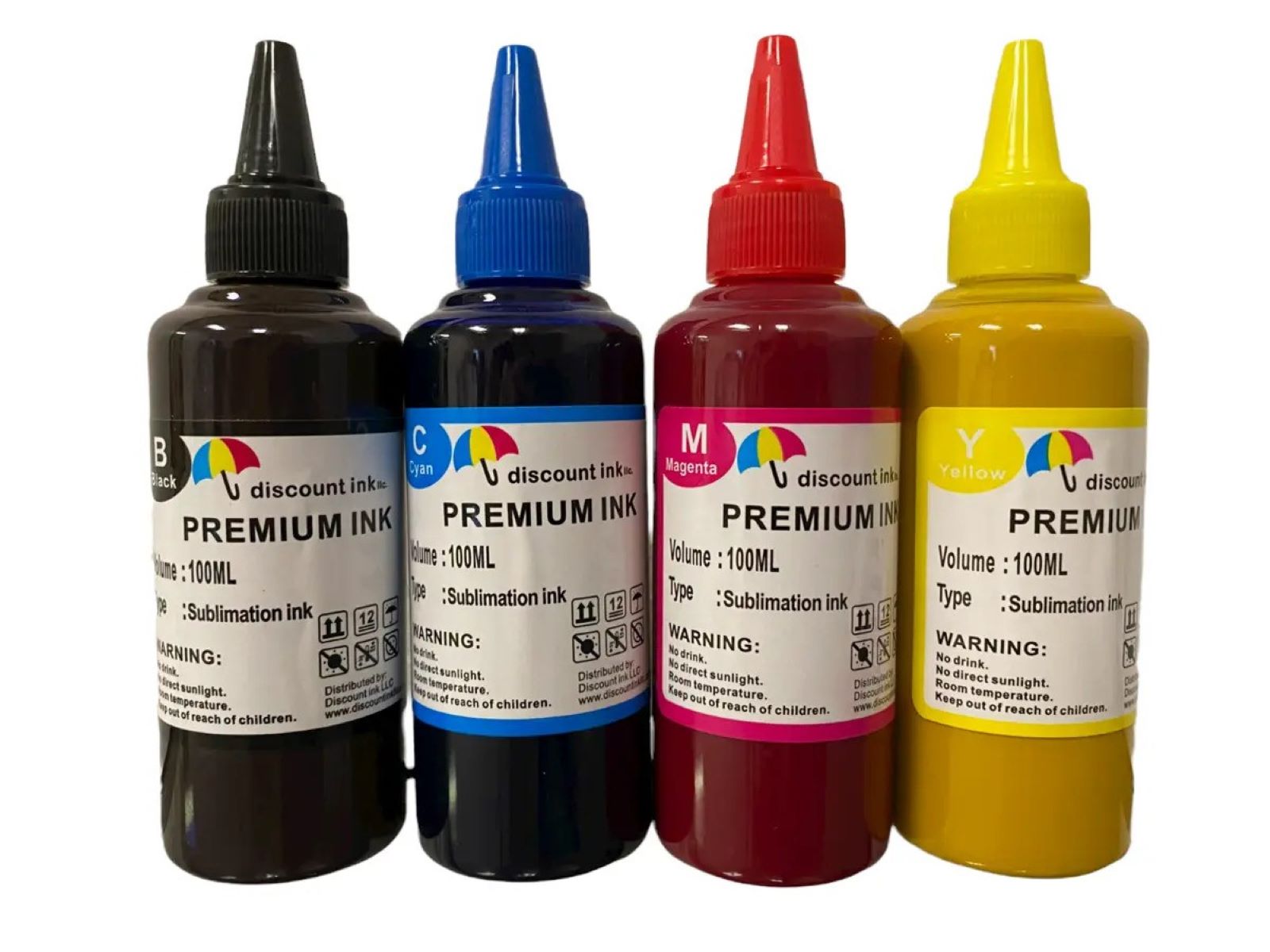


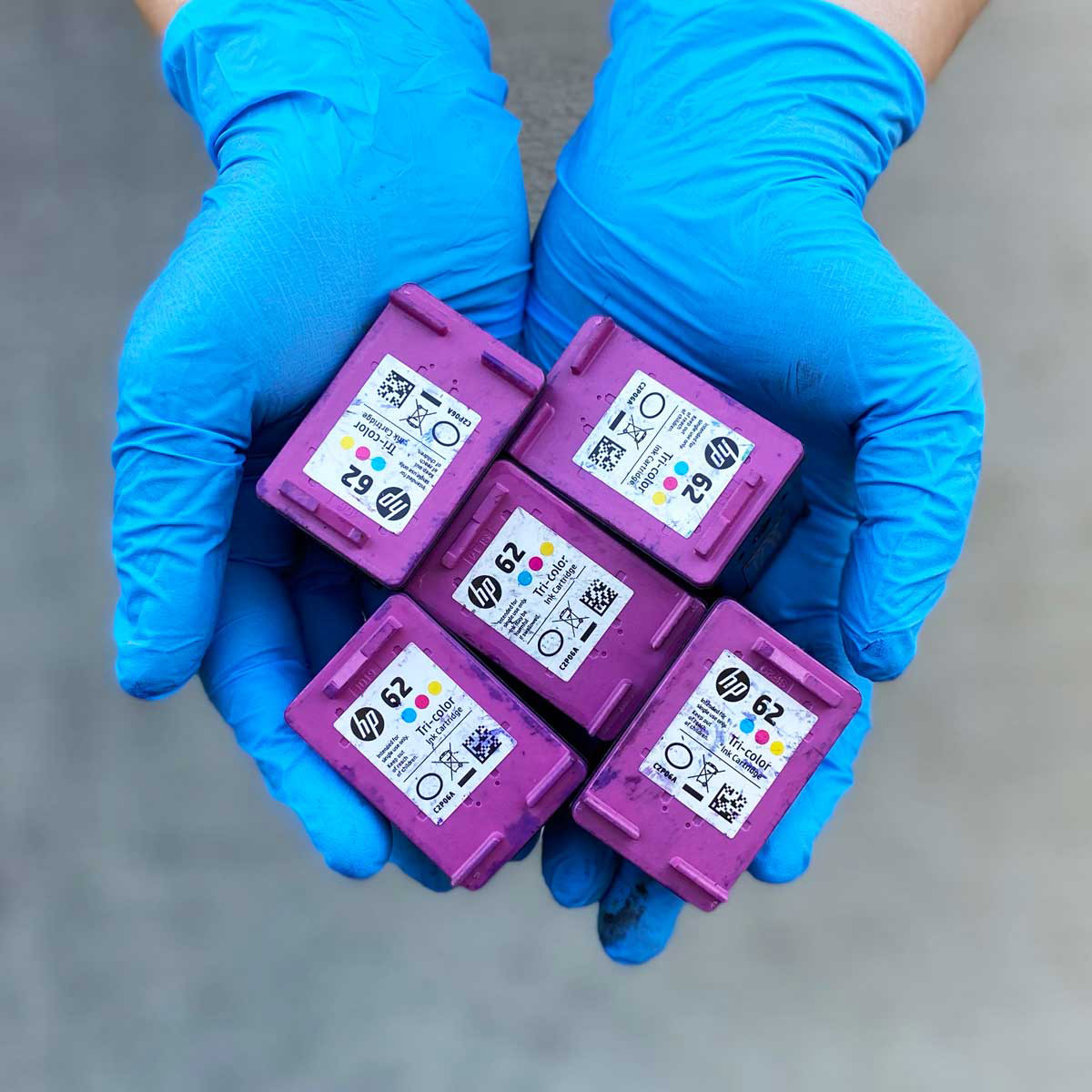
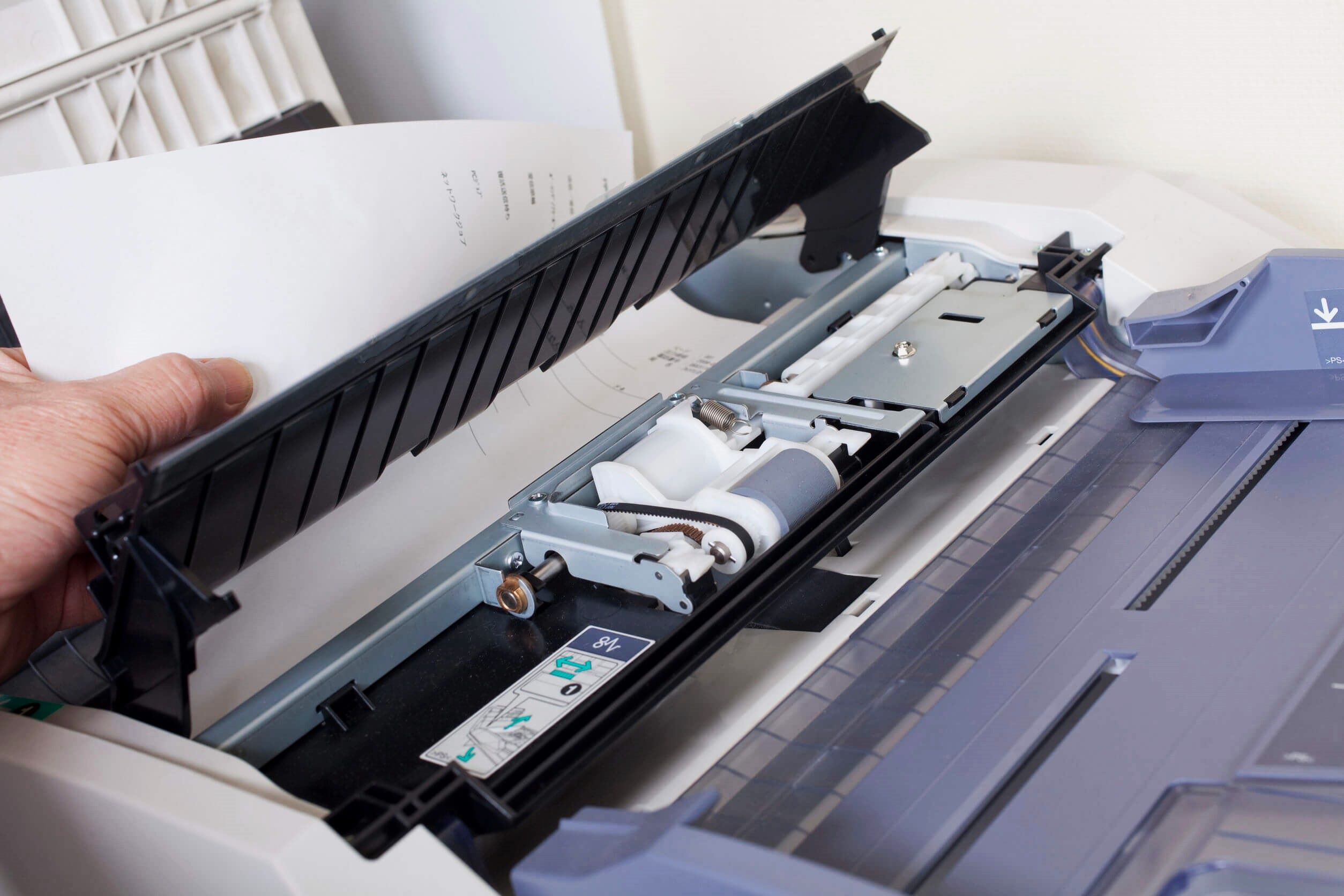
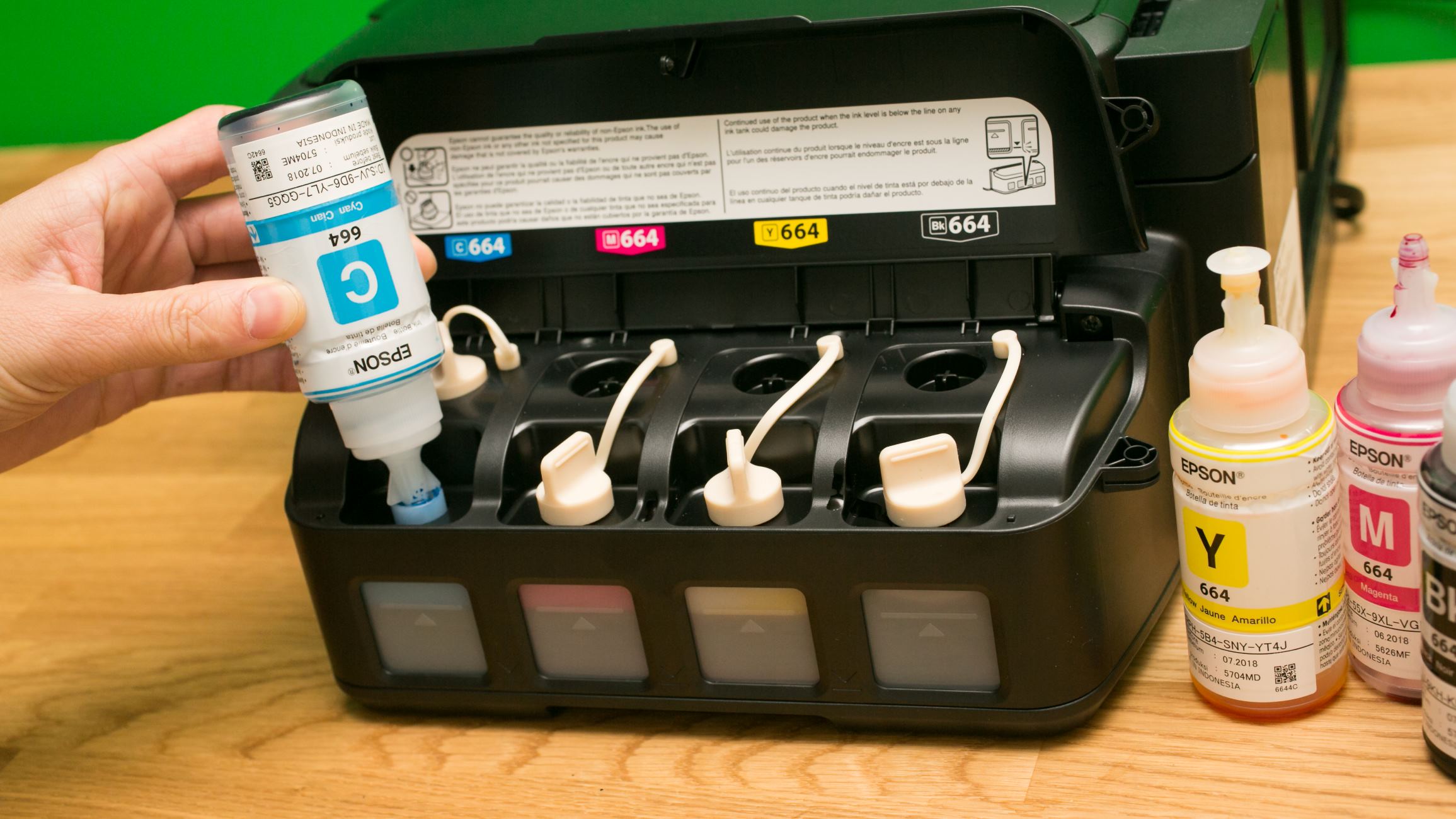

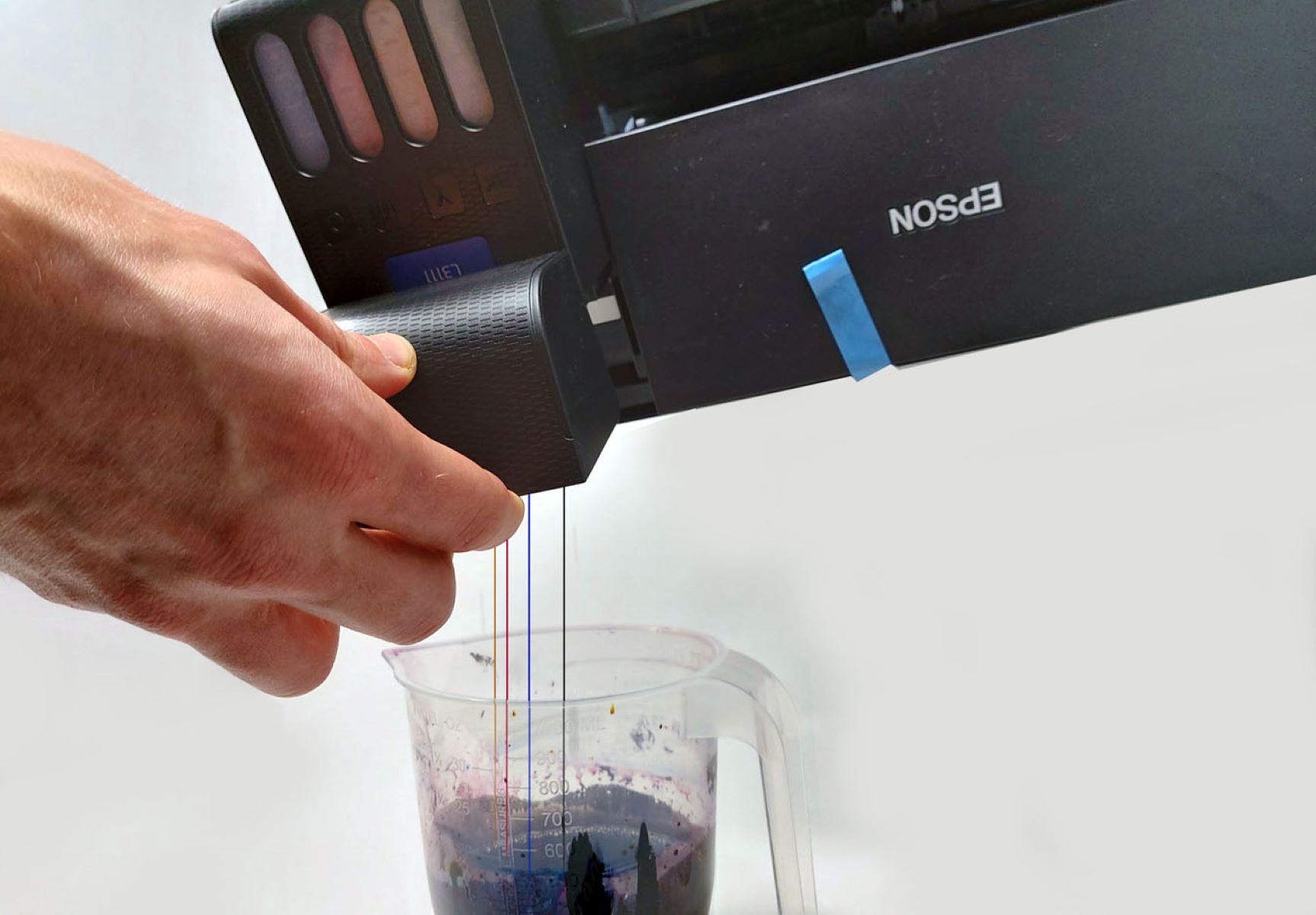

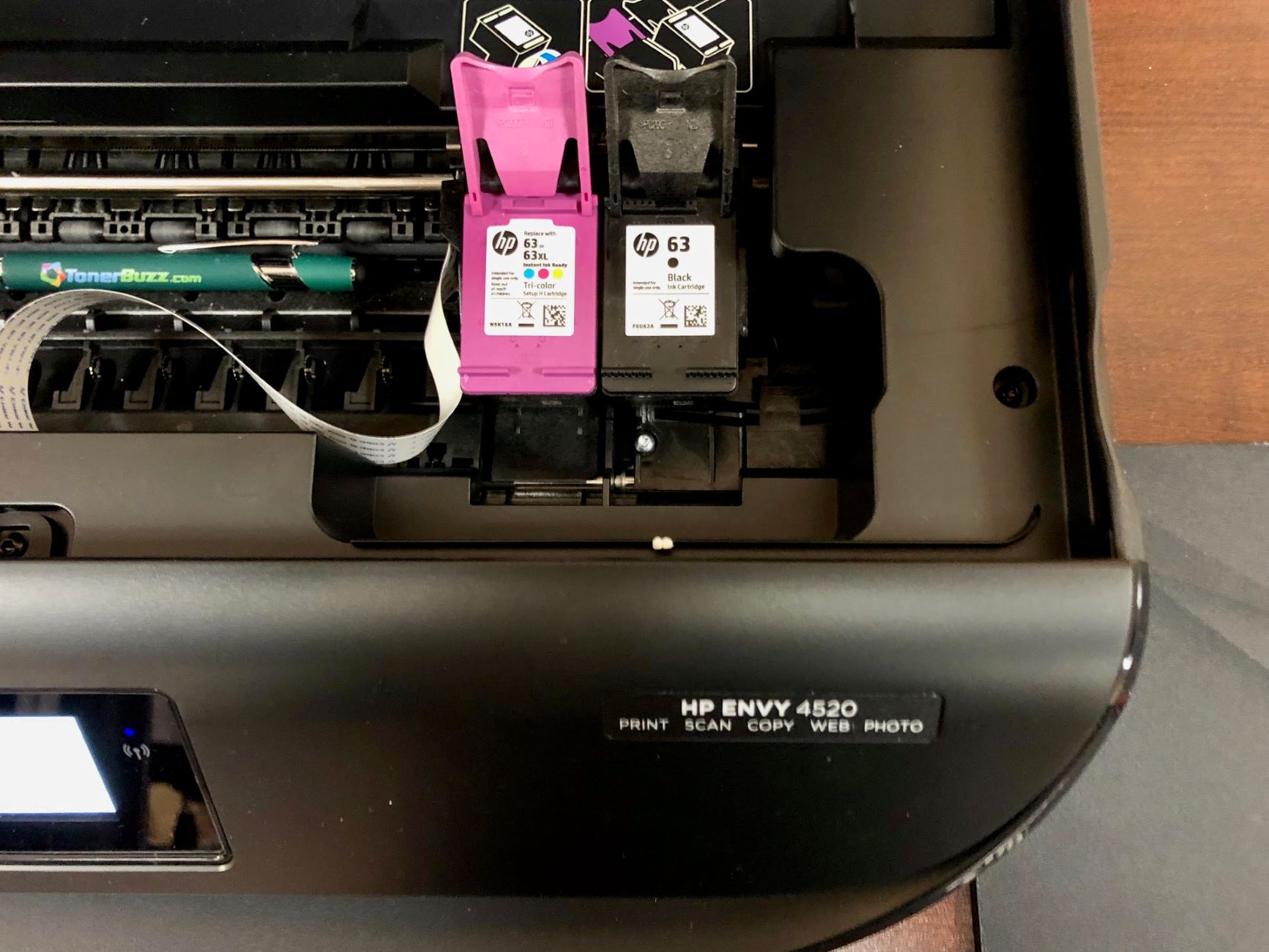
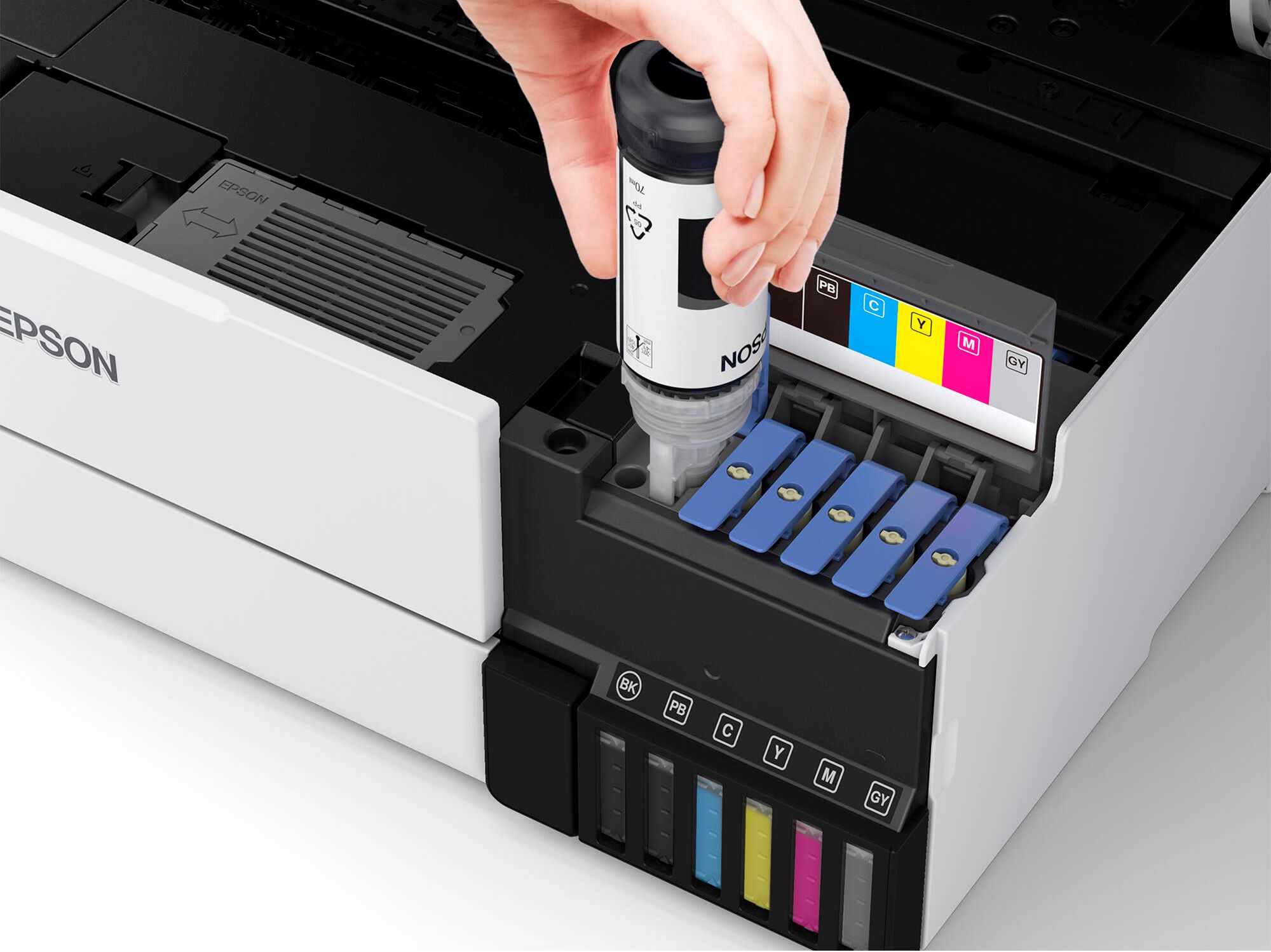
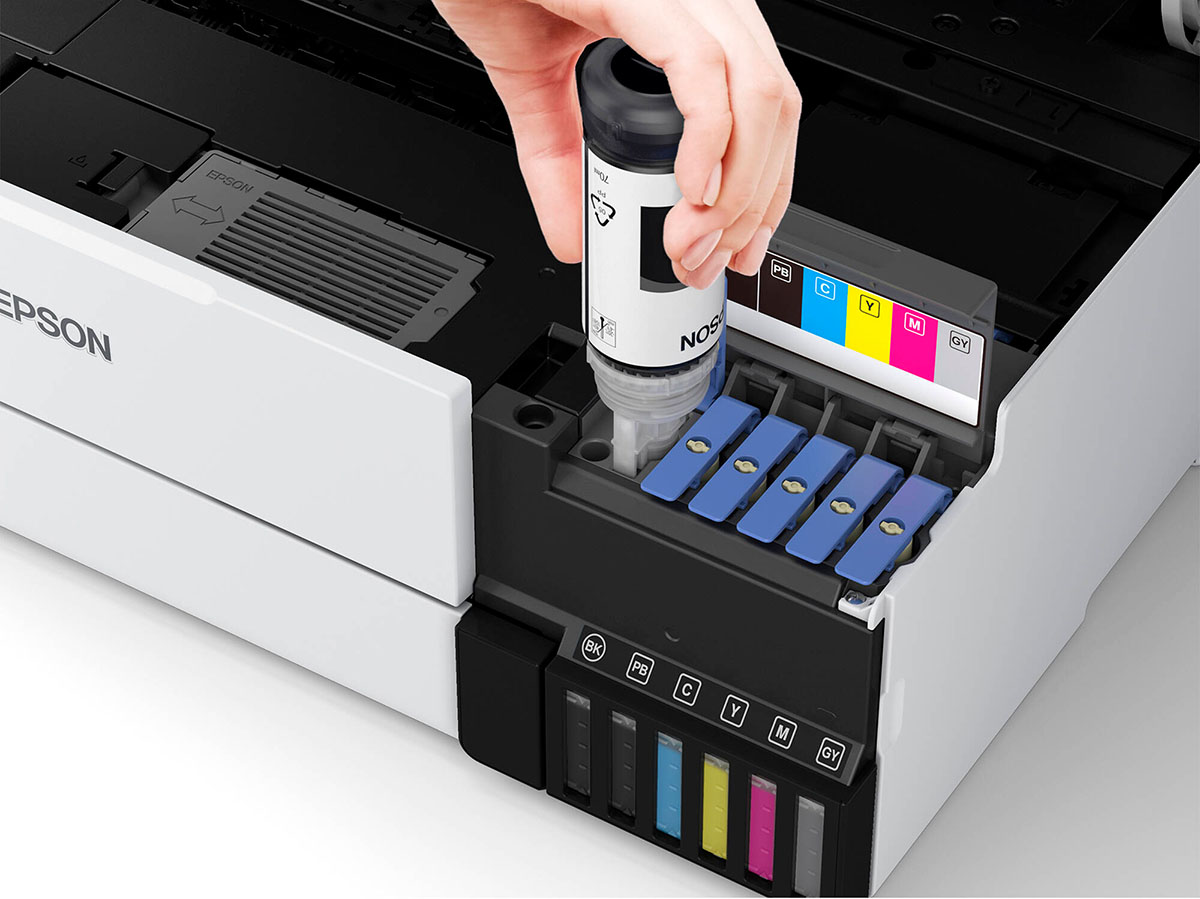


0 thoughts on “Why Printer Ink Is Expensive”